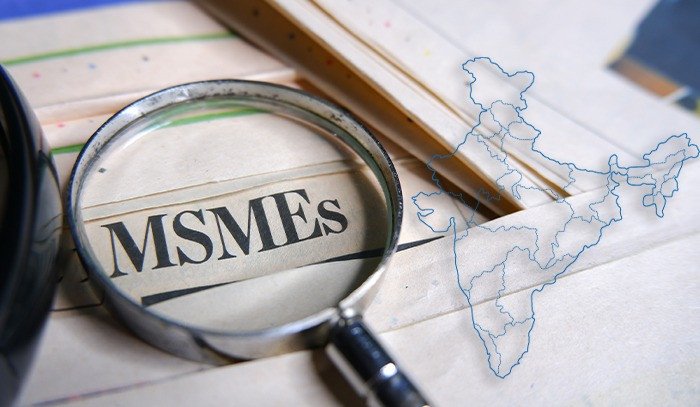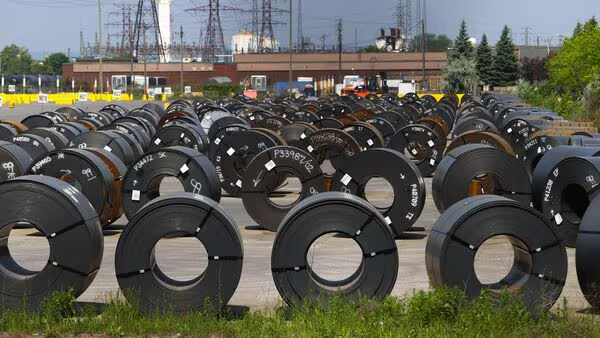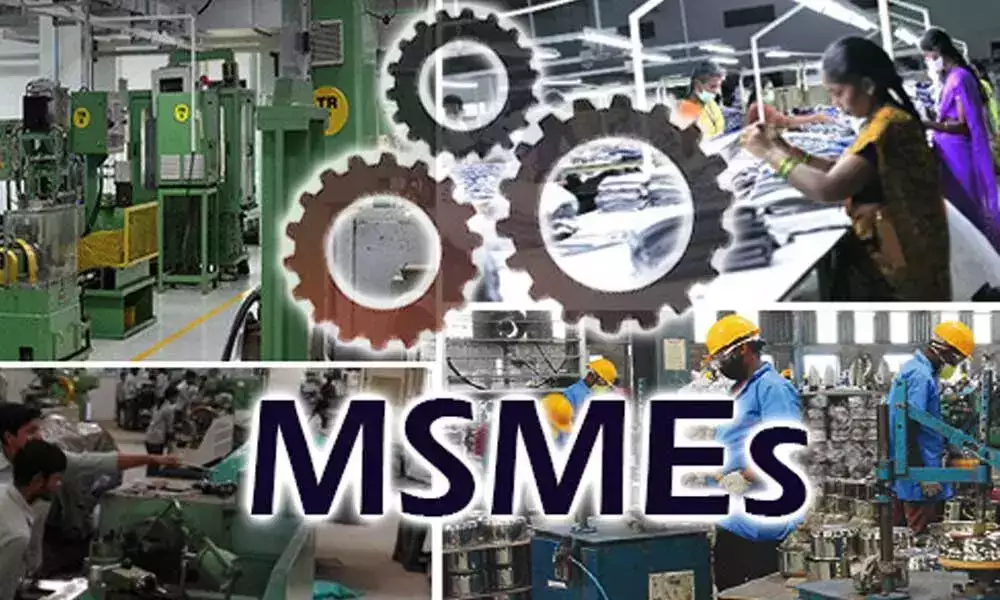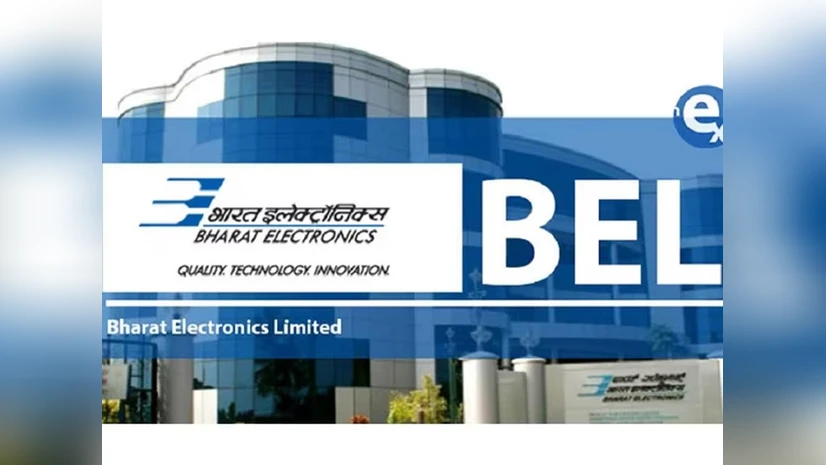Share

India offers a unique proposition to the world – with the largest and relatively young population, it presents an attractive market not just for global giants but also for a burgeoning ecosystem of micro, small and medium enterprises (MSMEs). The country is rapidly becoming a hub for innovative start-ups and established small and medium enterprises, each driven by bold ambitions to compete globally. Furthermore, a stable Government committed to building robust infrastructure and fostering digital connectivity provides a strong foundation, empowering these enterprises to thrive amid a shifting global economic landscape. Over the last 15 years, the Indian economy has grown over 3-fold while setting up an ambitious target for ‘Amrit Kaal’ as independent India turns@100 in 2047. To put things in perspective, India aspires to become a $ 7 trillion economy by 2030 and a $ 30 trillion economy by 2047 by adding $ 1 trillion every 1 to 1.5 years. While India is performing well across multiple sectors, key growth in future will have to come in from igniting the untapped potential of Indian MSME’s which contributes to currently only 30% of the Gross Domestic Product (GDP) as compared to the global average of 50%. The MSME push is also critical to drive employment given India’s overall labor force participation is barely 50% vs. 78% for Vietnam, 76% for China. Yet, despite their importance, a staggering 56% of MSME credit demand remains unmet. India is home to approximately 64 million MSMEs, yet the credit penetration for these enterprises stands at a relatively low 14%, compared to 37% in China (with 44 million MSMEs) and 50% in the United States (with 32 million MSMEs). This disparity indicates that while India boasts a higher number of MSMEs, the access to financial support remains limited, highlighting a significant gap in addressing the credit needs of these vital businesses.
The Budget announced a major reform — the investment and turnover limits for defining the MSMEs will be increased by 2.5 times and 2 times, respectively, across categories. This will bring many businesses currently outside the ambit of the MSME into its fold and many medium enterprises will now enjoy the benefits available to small enterprises. Most importantly, the micro and small enterprises can now scale up without the fear of losing the protection offered to them. Yet, for millions of small businesses, navigating bureaucratic hurdles and rigid credit norms remains a challenge. For small entrepreneurs, securing a bank loan remains an uphill battle. They often complain “We have orders, we have customers, but banks hesitate to lend without collateral”. This is a struggle for millions of small business owners across India.
Facing stringent lending norms and documentation challenges by traditional banks and non-bank FIs to get credit, MSMEs have started leveraging alternative financing options, including digital lending platforms and credit through capital markets. MSMEs raised ₹2,333 crores and ₹6,095 crores from capital markets in FY2023 and FY2024 respectively. In FY2025 (till January 2025) itself, MSMEs have already raised ₹7,453 crores from capital markets. Leveraging Goods and Services Tax (GST) filings data, payment records and other digital data, unsecured lending to MSMEs is also on the rise by Digital Lending players, who offer loans without collateral. MSMEs are also facing slower revenue growth, which dipped to 7.8% in FY24, primarily due to a decline in exports and commodity-led sectors. Export-driven businesses saw growth slump to just 3%, as demand from the US and EU markets weakened. However, health care, consumption-driven industries and IT-enabled services are helping counterbalance the slowdown. Industry experts predict revenue growth of 8-9% in FY26, led by packaged foods, dairy and IT exports.
Following the implementation of GST, businesses were required to integrate their turnover data into the formal system. As a result, GST registrations have grown by 10% year-over-year from 10 million in 2020 to 15 million in 2024. Similarly, Udyam registrations have surged by 116% year-over-year, increasing from one million in 2020 to 28 million in 2024. Further, democratization of Indian banking with digital payments has streamlined business processes by reducing the time and cost traditionally associated with cash transactions. For MSMEs to fully realize their potential, financial institutions must offer robust and innovative credit solutions, such as instant loans based on GST returns and the development of advanced risk models that leverage alternative data for accurate assessments. Streamlined digital onboarding processes and simplified documentation can further expedite access to funds. Additionally, banks can introduce tailored loan products with flexible repayment options and partner with fintech firms to harness AI-driven credit analytics, ensuring that these enterprises receive timely and appropriate financial support.
Source : https://www.hindustantimes.com/ht-insight/economy/msmes-moving-from-traditional-lenders-to-capital-markets-101745497688172.html#:~:text=This%20is%20a%20struggle%20for,and%20credit%20through%20capital%20markets.
Related Posts
SEARCH SMECONNECT-DESK
RECENT POST
- SME MANUFACTURERS AND EXPORTERS SUMMIT – NASHIK
- Government to meet venture capitalists today to fast-track FDI and FII inflows
- Government approves 17 new applicants under PLI scheme for textiles
- INTERACTIVE MEETING WITH HON’BLE FINANCE MINISTER
- October GST receipts up 4.6% on year at Rs 1.96 lakh crores






